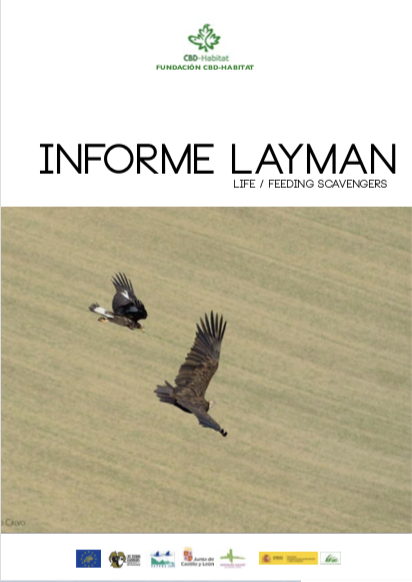A very interesting publication has just come out about the reintroduction project of the Mohor gazelle (Nanger dama mhorr)!
This project has been a milestone in the conservation of this impressive Sahelo-Saharan species. Currently the populations are very rare and isolated, and is declared “critically endangered“.

Reintroductions continue to be an important conservation action for endangered species. Until this, all reintroduction projects for Mhorr gazelle (Nanger dama mhorr) had remained at the stage where the animals live in fenced protected areas of different sizes. This study describes the first experience of reintroduction of a group of 24 Mhorr gazelle into the wild in the Safia Reserve. The reintroduction was carried out in two phases: in the first one, the entire group was released; then, after an unexpected dogs attack event, part of them were kept safe until this problem was solved. Seven of the gazelles were monitored with telemetry collars, providing previously unavailable data on time allocation, daily rhythm of activity and social organization for the species in the wild. In addition, post-release movements revealed three patterns: during the first few days after release, small daily movements (average 2.78 km) close to the fence, followed by long-distance exploratory movements (up to 50 km) until establish territories; and finally, daily movements between established territories (average 8.39 km). Exceptional long distances (>50 km/day) were traveled after a poaching event. The study has also revealed the ability of the species to select and settle territories in favorable areas, after being kept for generations under captive or semi-captive conditions. However, their inability to recognize predators was demonstrated in an unexpected attack by dogs, resulting in the death of seven released gazelles. This mortality following the dog attack was favored, in part, because the released gazelle remained close to the fence, and therefore suggests that the release procedure should be revised, especially when there are predators in the release site. This study has confirmed that dogs as predators and poaching continue to be the main threat to reintroduction projects.
Very good experience and knowledge, that we will improve to the success of future reintroduction projects.

More information:
The first reintroduction project for mhorr gazelle (Nanger dama mhorr) into the wild: Knowledge and experience gained to support future conservation actions. Abáigar, T et al, Global Ecology and Conservation, 19, art. nº e00680 – 2019.








